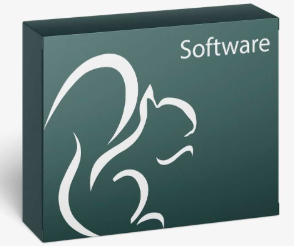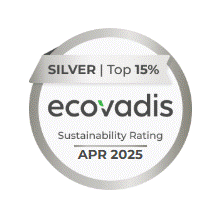This is a question that we get asked a lot at Grant. We have some useful top tips to help guide you.
Are you at risk?
Do you clean your laboratory water baths regularly? What’s that? You only clean it when the water looks murky and horrible? Ahh, then you might be harbouring some nasty bacteria quite possibly Legionella and you wouldn’t want those bad boys and girls hanging around your department spoiling your experiments and your fun! Most, if not all universities and research centres should have a policy in place about the control of Legionella in laboratory equipment. If not, you need to go knocking on your H&S officers’ door and ask where it is. The highest risk of contamination of equipment will arise where water is stored or recirculated in the critical temperature range of 20° – 45°C (peaking at 37°C), but temperatures outside of this range may also pose a risk.
What is Legionella bacteria and where is it found?
What is Legionella bacteria and why should you be bothered by it? Legionella pneumophilia and related bacteria are common in natural water sources such as rivers, lakes, reservoirs, usually in very low numbers. They can also be found in purpose-built water systems, such as air conditioning systems, water purification systems and hot tubs. If conditions are favourable, i.e. temperatures are perfect for bacterial growth and there’s a food supply from biofilms or limescale for example, the bacteria may multiply, increasing the risks of legionnaires disease, which is a potentially fatal form of pneumonia as well as less serious conditions such as Pontiac fever and Lochgolihead fever.

In fact, laboratory water baths operating in the critical temperature zone are liable to support a thriving population of Legionella. Baths operating at a lower temperature (<20°C) may also become contaminated, but the growth rate is reduced. Also, baths operating at temperatures >55°C are normally free of Legionella. If a stirrer or recirculation pump is fitted, do not allow the water level to drop below that of the paddles, as this can lead to a risk of splashing and aerosol generation. Older style shaking water baths also pose a potential risk of aerosol generation.
How do you to keep your water bath free of Legionella or reduce the risk?
- Thermally disinfect your water bath on a monthly basis. Increase the temperature to 60°C and maintain for 30 minutes, then dispose of the water without splashing and the bath should then be thoroughly cleaned and descaled
- Fill your water baths with deionized or distilled water – this will reduce the risk of accumulation of sludge, scale, rust, algae and organic matter(biofilms) which can harbour Legionella organisms
- Treat the water with biocide – further advice would be required to establish the correct type of biocide for the application, its dosage and regularity
- If volume of water contained is large, it may be impractical to drain the bath, therefore, use of a chemical biocide may be necessary
- Avoid splashing during use and cleaning maintenance
- Keep a logbook near your water bath so you know when it was last cleaned and when it is due for cleaning and have a rota so everyone shares the responsibility
Seek extra advice if you’re not sure
The manufacturer of the water baths should be consulted to identify suitable chemicals that are compatible with the equipment. If you need any further information, it is always best to contact your H&S representative at your workplace for a policy. You can read further about legionnaires disease here. A PDF copy is free to download.
Like to learn more about any of our water bath solutions, then visit our page or you can email salesdesk@grantinstruments.com or call +44 (0) 1763 260 811.








